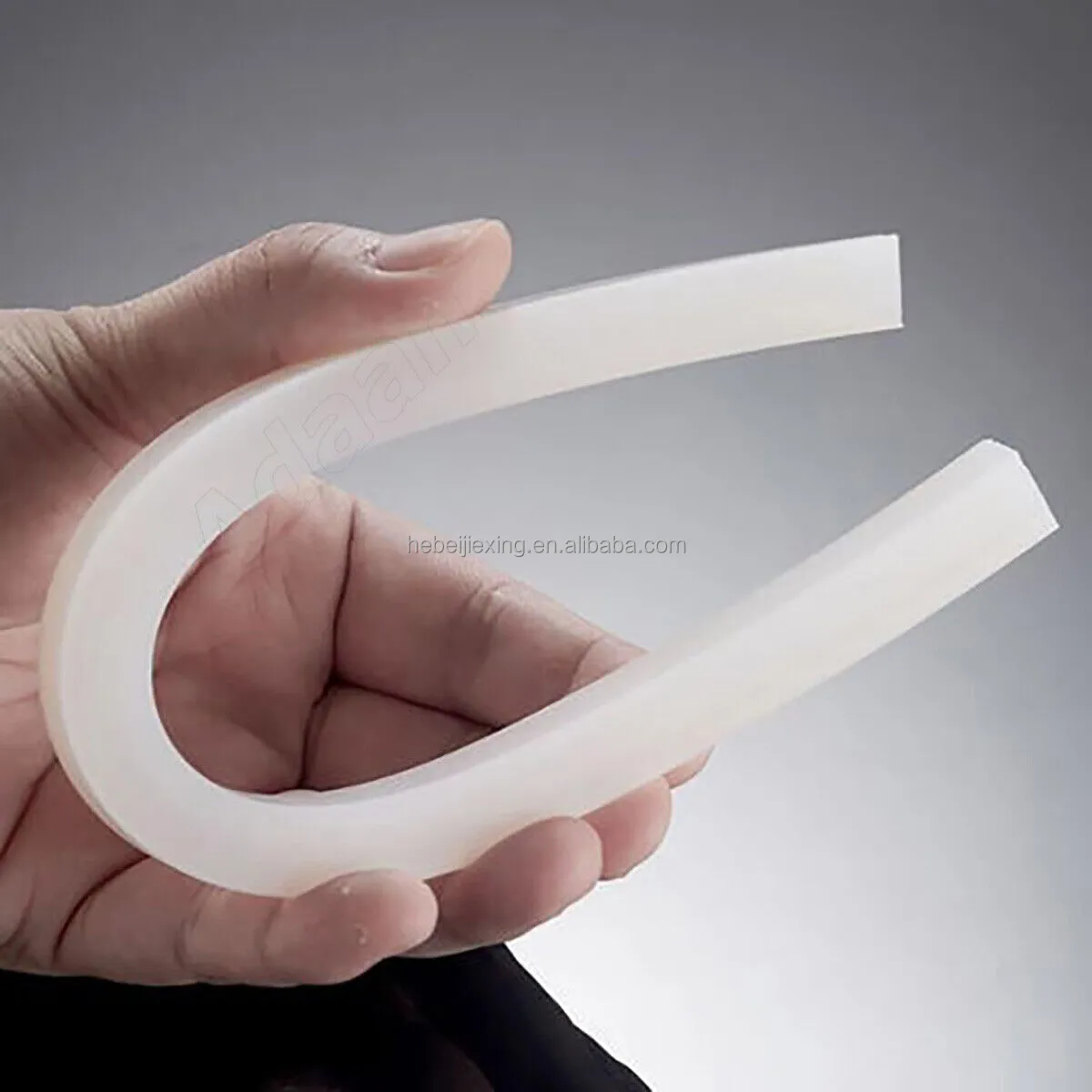edge tape for plywood
The Importance of Edge Tape for Plywood in Modern Carpentry
In the world of woodworking and carpentry, the details often make the difference between a good project and a great one. One such detail, often overlooked yet crucial, is edge tape for plywood. As plywood becomes a favorite choice among builders and DIY enthusiasts, understanding the value of edge tape is essential for achieving both aesthetic appeal and durability.
Plywood, known for its versatility and strength, is used in a multitude of applications, from furniture making to cabinetry. However, its exposed edges can present a problem. Unlike solid wood, plywood typically consists of several layers of wood veneer glued together, which can make the edges look unfinished and less appealing. This is where edge tape comes into play.
Edge tape is a thin strip of material, often made of PVC, melamine, or real wood veneer, that is applied to the exposed edges of plywood sheets. The application of edge tape serves multiple purposes. Primarily, it enhances the aesthetic of the plywood by providing a clean, polished look. When edges are properly finished with tape, they blend seamlessly with the rest of the project, creating a professional appearance that is desirable in any construction or crafting endeavor.
edge tape for plywood

Moreover, edge tape plays a protective role. Plywood edges are susceptible to moisture and wear, which can lead to delamination over time. By applying edge tape, you create a barrier that helps minimize damage from humidity and spills. This protective aspect is particularly important in applications like kitchen cabinetry or bathroom vanities, where exposure to moisture is common.
Additionally, edge tape contributes to the overall longevity of the plywood. Unprotected edges can chip or fray, leading to structural compromise and the need for repairs or replacements. The tape reinforces the edges, helping to maintain the integrity of the plywood throughout its lifespan. This not only saves time and money in the long run but also ensures that your projects remain attractive and functional for years to come.
Applying edge tape is a relatively simple process, but it does require some attention to detail for optimal results. The tape is usually applied with heat, using a specialized edge banding machine or an iron for smaller projects. Once applied, the edges are trimmed and sanded for a neat finish. With practice, even novice woodworkers can master the technique, making edge tape an accessible option for anyone looking to improve their woodworking skills.
In conclusion, edge tape for plywood is an essential component in modern carpentry. It enhances the aesthetics of projects, provides necessary protection against environmental factors, and extends the life of plywood products. For anyone serious about woodworking, understanding and utilizing edge tape is not just recommended; it is imperative. As you embark on your next woodworking project, consider the impact that edge tape can have—not only on the beauty and professionalism of your piece but also on its durability and functionality. Embracing this small detail can transform ordinary plywood into exceptional creations, showcasing the craftsmanship and care that go into every handmade project.
-
Under Door Draught Stopper: Essential ProtectionNewsJul.31,2025
-
Garage Door Seal and Weatherstrips for ProtectionNewsJul.31,2025
-
Edge Banding Tape for Perfect EdgesNewsJul.31,2025
-
Table Corner Guards and Wall Corner ProtectorsNewsJul.31,2025
-
Stair Nose Edging Trim and Tile Stair SolutionsNewsJul.31,2025
-
Truck Bed Rubber Mats for Pickup BedsNewsJul.31,2025
-
Window Weather Stripping for Noise ReductionNewsJul.29,2025